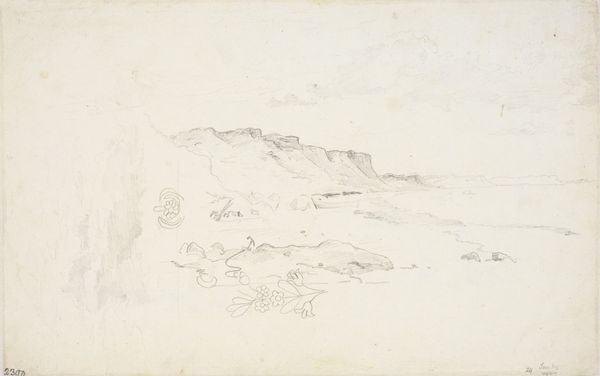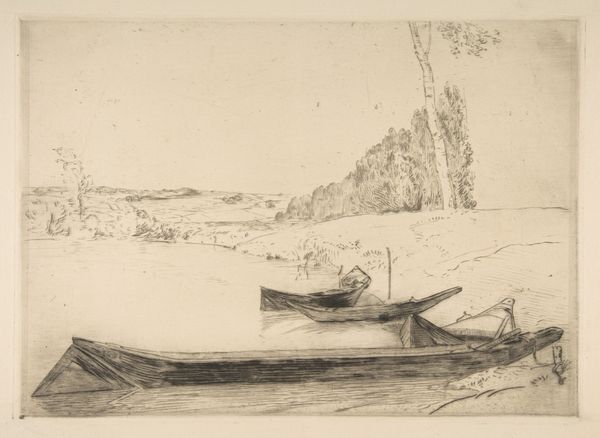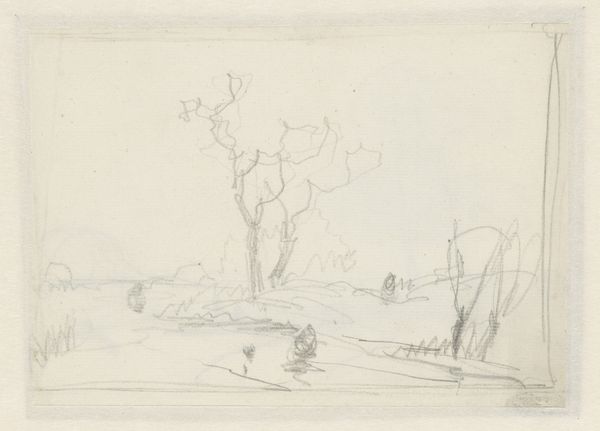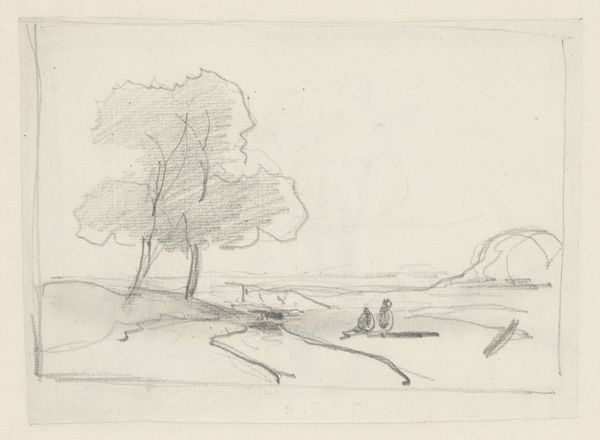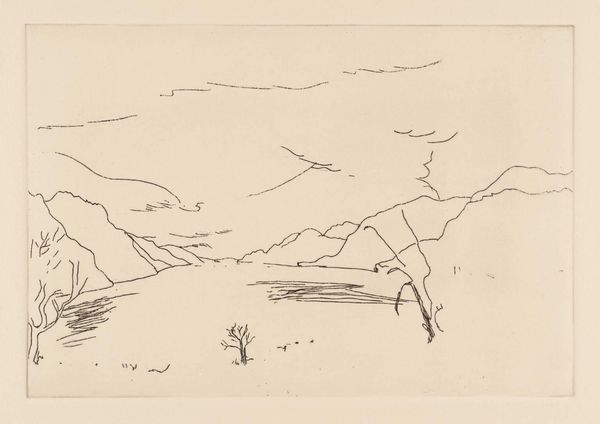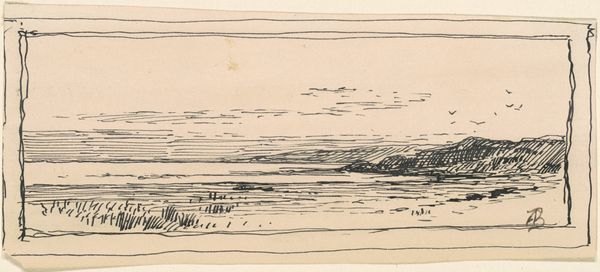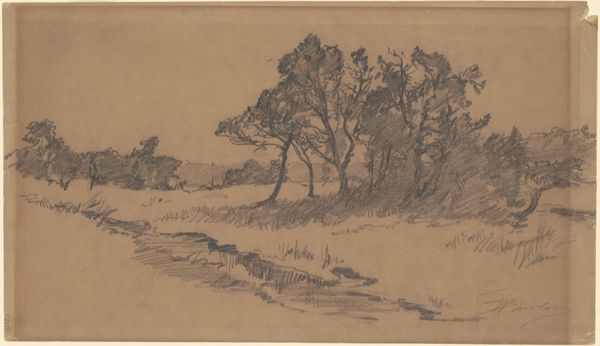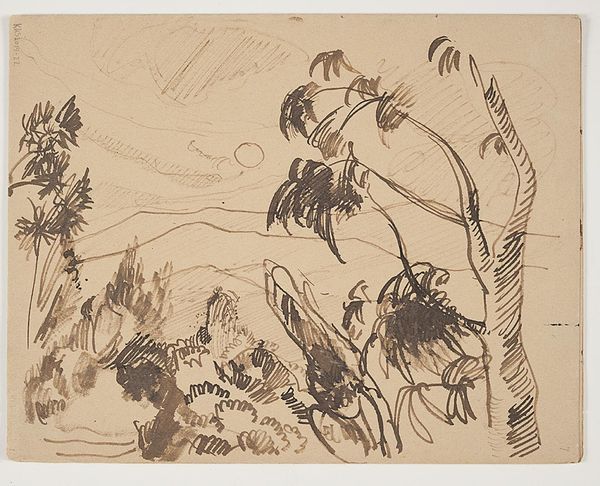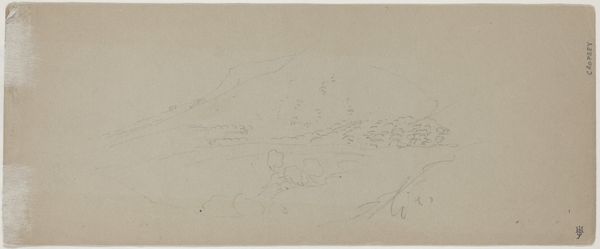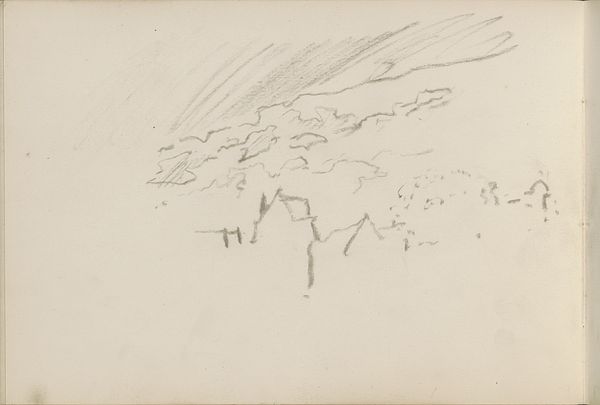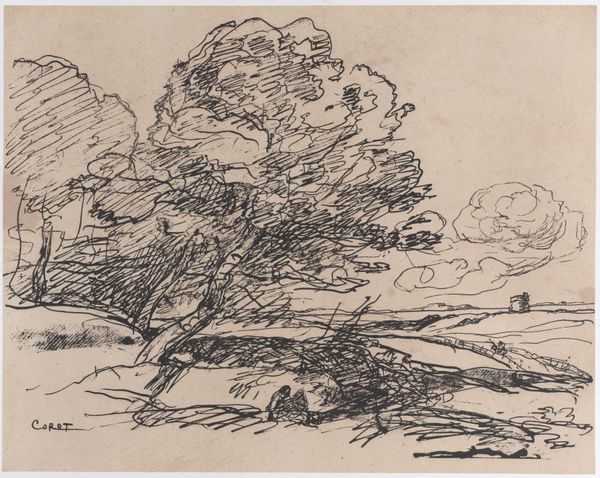
print, etching
# print
#
etching
#
landscape
#
etching
#
orientalism
Dimensions: plate: 11.7 × 19.8 cm (4 5/8 × 7 13/16 in.) sheet: 19.9 × 28 cm (7 13/16 × 11 in.)
Copyright: National Gallery of Art: CC0 1.0
Here we see Emil Orlik’s etching, an ‘Oasis in the Desert.’ The palm trees, clustered tightly, signify not just respite from the arid expanse, but also a deep-seated human longing for life and abundance. Throughout history, the oasis motif recurs—from ancient Egyptian tomb paintings depicting fertile paradises in the afterlife to biblical accounts of oases as divine gifts in times of trial. These hidden watery havens dot the vast deserts of our collective memory. Reflect on how in the Odyssey, Calypso's island, a verdant refuge, mirrors the allure of the oasis. But consider, too, the psychological weight of such imagery. The desert, a place of hardship, mirrors our own internal struggles. Then, the oasis emerges, symbolizing hope, renewal, and the promise of overcoming adversity. It's as if our subconscious recognizes this motif, a visual echo resonating with the primal desire for survival and well-being. Orlik’s oasis is more than just a geographical feature; it’s a mirage of our deepest hopes, resurfacing time and again, a testament to the enduring human spirit.
Comments
No comments
Be the first to comment and join the conversation on the ultimate creative platform.
